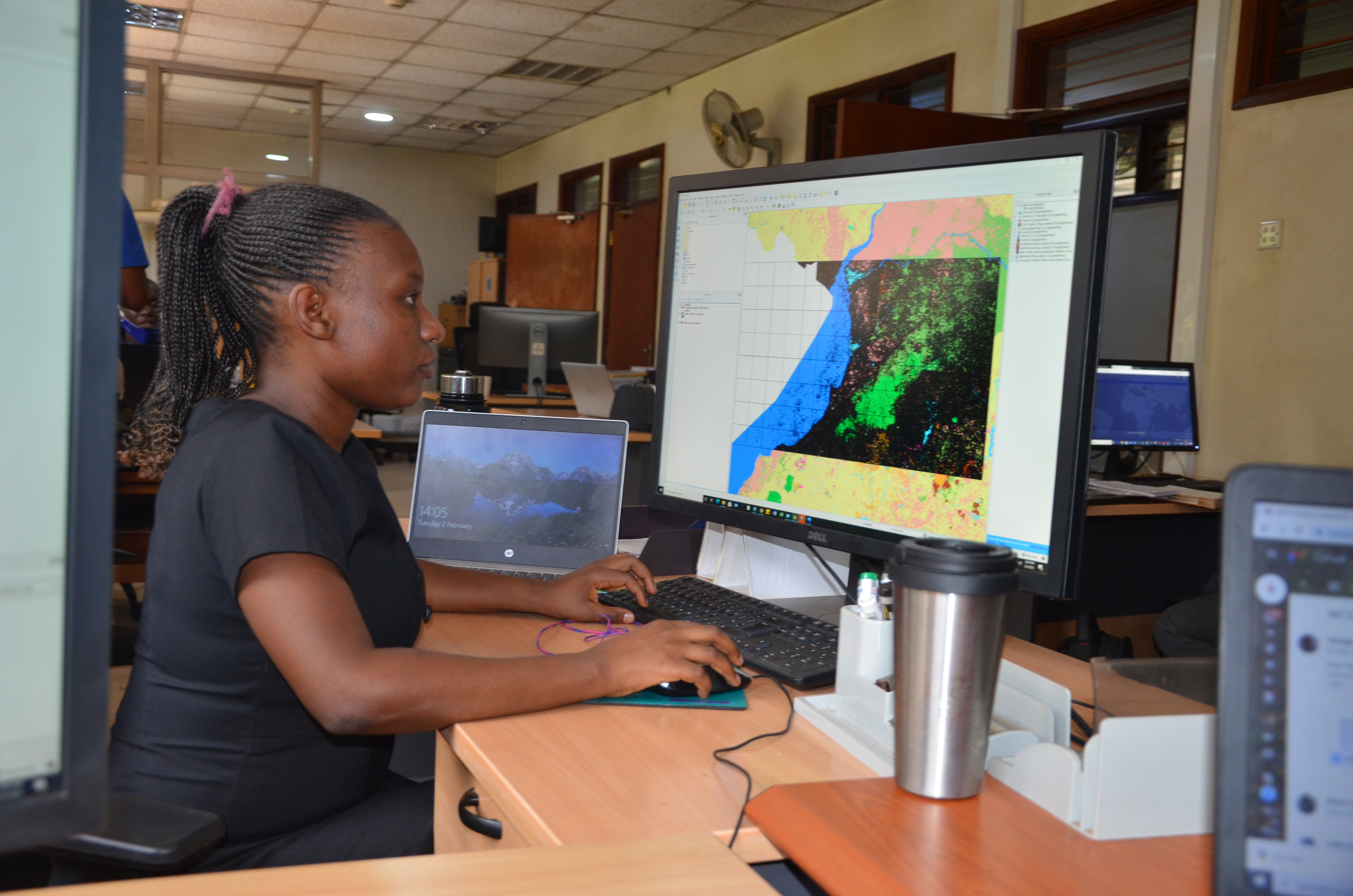Shifting gears towards enhanced transparency: Four key findings from FAO-CBIT projects
.jpg?sfvrsn=3a4ce481_0)
The Capacity-building Initiative for Transparency (CBIT) was established by the Global Environment Facility (GEF) in 2016 to support developing countries to strengthen their institutional and technical capacities to meet the enhanced transparency requirements defined in Article 13 of the Paris Agreement. The main aims of the CBIT are to: (a) strengthen national institutions for transparency-related activities in line with national priorities; (b) provide relevant tools, training and assistance for meeting Article 13 of the Paris Agreement; and (c) assist in the improvement of transparency over time.
FAO’s CBIT projects began in early 2019 and have been supporting a total of 63 countries through 17 projects that received over US $23.2 million in GEF financing (Figure 1).

Figure 1: FAO-CBIT Portfolio Supported Countries
On the occasion of COP26 – the fifth meeting after the Paris Agreement was signed, and a milestone in tracking climate ambition and action – FAO conducted a portfolio review to:
- assess the effectiveness and sustainability of FAO-CBIT program;
- evaluate the effectiveness and durability of capacity building methodologies used in the CBIT projects;
- gather lessons learned and good practices to make recommendations for further improvement and replicability for ongoing and future CBIT and other GEF projects/programs including for GEF-8; and
- collect, systemize and present evidence-based results of FAO-CBIT portfolio
Here are four key findings to set the path for the next generation of CBIT Projects.
1) FAO has a large menu of tools for transparency
FAO-CBIT projects use an extensive menu of tools and products to strengthen the institutional and technical capacities of developing countries to meet the ETF in accordance with the Paris Agreement. Many of these tools and products were already part of FAO’s in-house resources while some existed with partner agencies. The FAO-CBIT projects reviewed these tools and products and, where necessary, enhanced them to address ETF requirements.
For example, in Mongolia and Papua New Guinea, Collect Earth, a free, open-source tool that enables users to access high-resolution satellite imageries, is supporting national forest and greenhouse gas inventories, land use and land use change assessments, monitoring of agricultural land and urban areas, validation of existing maps, collection of spatially explicit socio-economic data, quantifying deforestation, reforestation and desertification, and planning mitigation of emissions;
2) Virtual trainings can reinforce learning
Joanita Nabulime, trained through CBIT-Forest, produces Land Use and Land Cover maps © NFA, Uganda
In the wake of the Covid-19 pandemic, FAO has gained valuable experience and insights from the CBIT projects to effectively use virtual modalities including platforms such as FAO elearning Academy and massive open online course (MOOC) for capacity building, mobilizing its internal resources as well as external partnerships. The experience has also provided it the foresight for a composite approach to future training, combining virtual and in-person training in mutually-reinforcing ways depending on training objectives.
3) Coordinated national ETF efforts lead to bigger CBIT benefits
The importance and benefits of the CBIT projects are enhanced where there is direct coordination and synchrony with other ETF-related projects such as the preparation of a National Communication (NC) or a Biennial Update Report (BUR). For example, in Papua New Guinea where CBIT project support ran in tandem with the NC and BUR preparation process, the capacity building process was reportedly more practical and its benefits were more tangible in the form of its use in the preparation of related reports. Same coordination efforts are being made in Bangladesh.
The quality assurance (QA) of national greenhouse gas (GHG) inventories and inventory management systems that are being carried out in target countries aims to strengthen national capacity, and prepare for the official reviews of their NC, BUR and, in the near future, Biennial Transparency Reports. Each national inventory team works closely with the UNFCCC Secretariat, FAO and other international experts, examining the GHG inventory and inventory management system, and deliberating their improvements as a part of the process of analysis of NC and BUR.
4) Research partnerships can support sustainability.
There is the intuition that engagement with academic and research institutions would be a more effective and sustainable way of capacity building in ETF work as academicians and researchers generally have a different outlook than the government counterparts. For them, building their research outreach and capacity is important for their career advancement. A number of CBIT projects, including Mongolia and Nicaragua, have entered into contractual agreements with a number of academic and research institutes to address specific capacity gaps and needs related to ETF.
To learn more from FAO-CBIT Projects, take a look through our full portfolio review .
News article: Empowering women to boost forest sciences
News article: How academia can support climate transparency: Insights from Zimbabwe
Upcoming international technical webinar: Addressing national forest inventory capacity needs to support climate action


